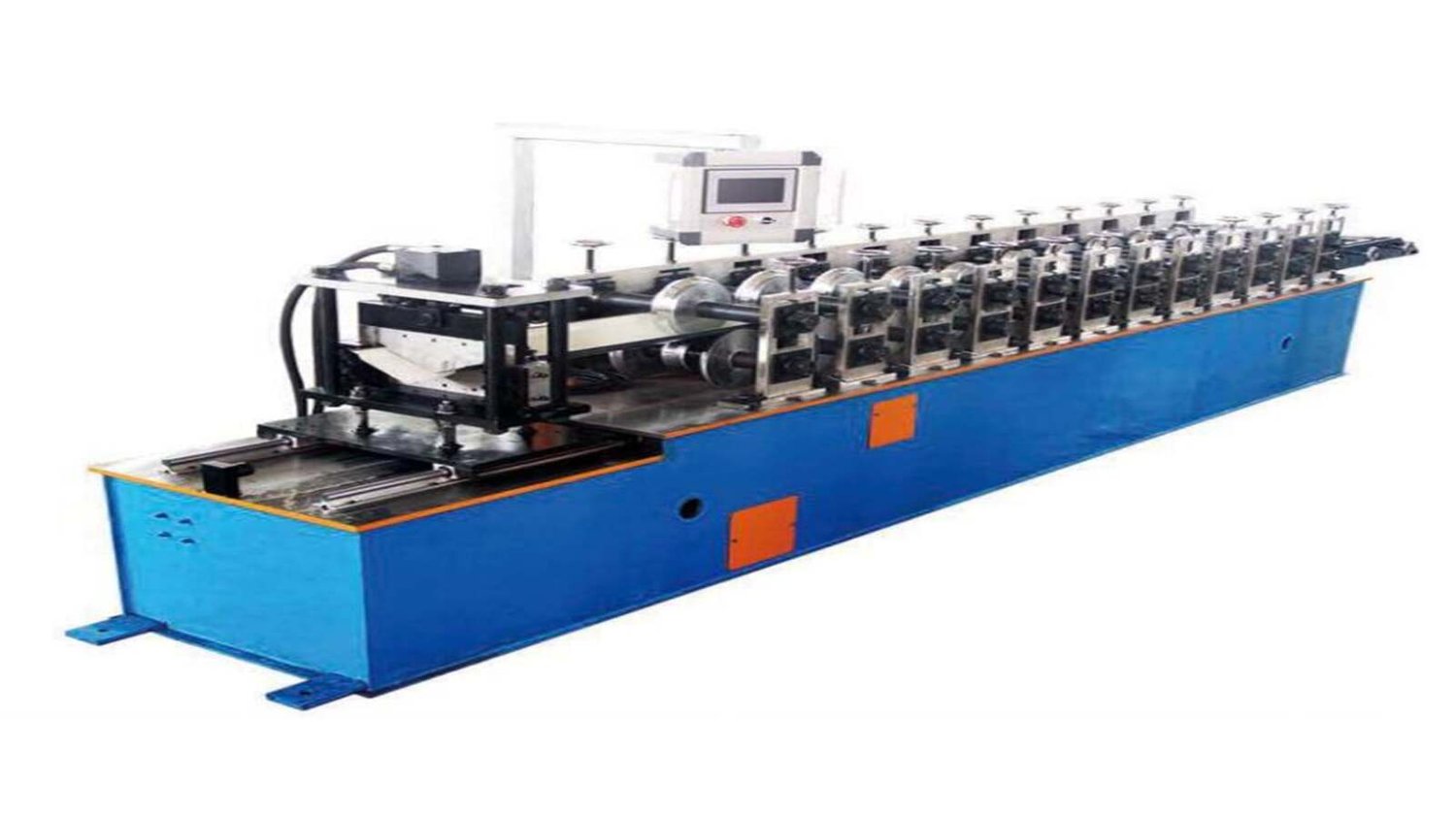Cold roll forming machine is a mechanical equipment that is used to continuously shape and form metal coils or sheets into various profiles, such as C-channels, Z-sections, and hat channels. It utilizes a series of rollers to gradually bend and deform the metal material, without the need for heat. This process is called cold roll forming, as it is done at room temperature.
Advantages of Cold Roll Forming Machine
One of the key advantages of using a cold roll forming machine is that it allows for high precision and consistency in forming complex profiles. It is also a cost-effective method as it eliminates the need for pre-heating the metal material, reducing energy consumption. Additionally, cold roll forming results in a smooth surface finish and high-quality products.
Applications of Cold Roll Forming Machine
Cold roll forming machines are commonly used in industries such as construction, automotive, aerospace, and furniture manufacturing. They are ideal for producing structural components, reinforcement materials, and decorative trims. With the ability to create customized profiles, cold roll forming machines offer versatility in product design.
Working Principle of Cold Roll Forming Machine
The working principle of a cold roll forming machine involves feeding the metal material through a series of rollers that gradually shape it into the desired profile. The rollers are designed in pairs, with each pair performing a specific bending or forming operation. The entire process is automated and controlled by a computerized system.
Key Components of a Cold Roll Forming Machine
Some of the key components of a cold roll forming machine include the decoiler, guiding system, leveling unit, roll former, cutting system, and control system. The decoiler is used to unwind the metal coil, while the guiding system ensures proper alignment of the material. The roll former consists of multiple sets of rollers that shape the metal material.
Types of Profiles Produced by Cold Roll Forming Machine
Cold roll forming machines can produce a wide range of profiles, including open profiles (such as C-channels and U-channels), closed profiles (such as box sections and angles), and specialty profiles (such as door frames and window trims). These profiles can vary in size, thickness, and complexity.
Factors to Consider When Choosing a Cold Roll Forming Machine
When selecting a cold roll forming machine, it is important to consider factors such as the required profile specifications, production capacity, material compatibility, and budget. Additionally, the reputation of the manufacturer and the after-sales service provided should also be taken into account.
Maintenance and Safety Tips for Cold Roll Forming Machine
To ensure the optimal performance and longevity of a cold roll forming machine, regular maintenance and inspection are essential. This includes lubricating moving parts, checking for wear and tear, and calibrating the machine as needed. Safety precautions, such as wearing protective gear and following proper operating procedures, should also be observed.
Future Trends in Cold Roll Forming Machine Technology
With advancements in automation, robotics, and digitalization, the future of cold roll forming machines is focused on improving efficiency, accuracy, and productivity. Integrated sensors and monitoring systems are being incorporated to enhance quality control and real-time production tracking. Industry 4.0 technologies are expected to revolutionize the cold roll forming process.
Conclusion
In conclusion, cold roll forming machines play a crucial role in the metal forming industry, offering precision, efficiency, and versatility in producing a wide range of profiles. By understanding the working principle, advantages, applications, and maintenance tips of a cold roll forming machine, manufacturers can make informed decisions to enhance their production processes.
Quote Inquiry
Contact us

